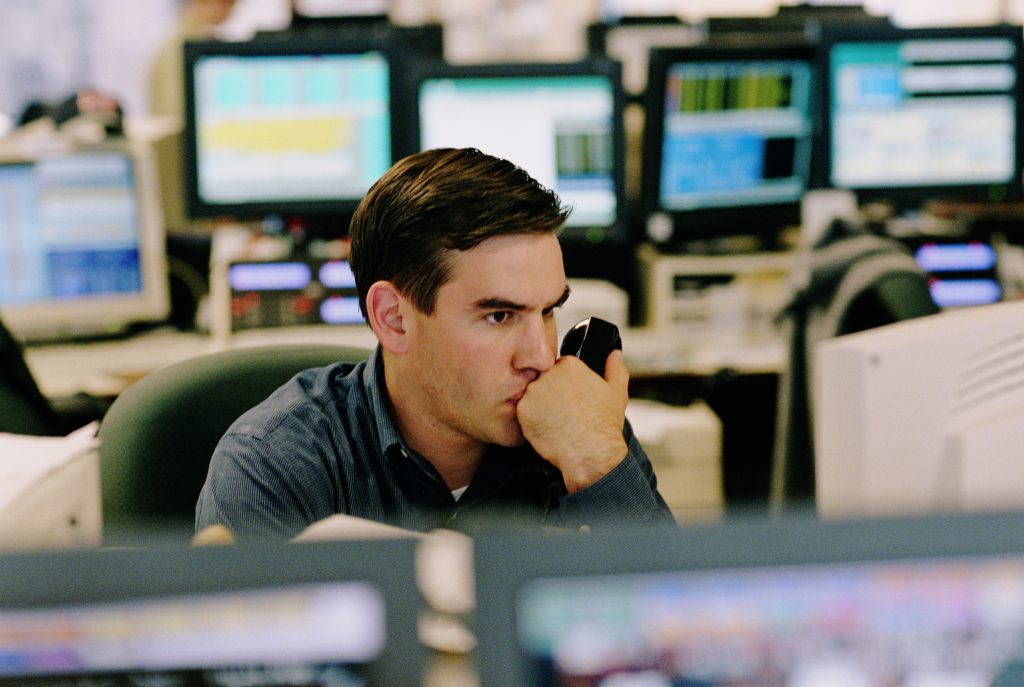Monthly Market Update | 14 December 2021
The Omicron variant was not much of a surprise. We have already seen many mutations of Covid-19. But a hawkish Fed? We haven’t experienced one since 2018. As the potential of a new outbreak emerges, Fed Chair Jay Powell surprised markets by insisting that the US central bank would accelerate asset purchase tapering in December. Instead of customarily intoning the ‘Fed Put’, as per usual in times of crisis, Mr. Powell added fuel to the fire, causing unusual, for December, equity volatility.
The unspoken truth amongst policymakers is that supply chain optimisation, not central bank policies, kept prices in check. In other words, their basic mandate, inflation, has long been out of their control. Because it was going down, not up, no one bothered. Central bankers, instead, focused on maintaining financial stability by increasing banking oversight and flooding financial systems with cash.
Let us not lose sight, then, of what central banks have evolved into by pretending they can still adhere to their inflation mandate. They transitioned their institution from ‘stewards of inflation’ to ‘risk enablers’ for financial markets. Central bankers should have learned that they have no control over prices, after a decade of ‘Japanisation’ of their economies, where they tried, and repeatedly failed to bring inflation up to 2%. Their attempts to lift the long part of the yield curve (to make money lending profitable again) and inflate away some of their countries’ soaring post-GFC debt simply did not work.
So why are they even trying? We think the answer is surprisingly simple: politics. To misquote Mr Friedman, ‘Inflation is everywhere and anywhere a political problem’. Inflation is a very visible ‘tax’ on consumer incomes. This causes incumbent governments to become unpopular, as Mr Biden recently found out. Elected leaders are ready to shoulder the political cost of taxes they impose, usually on a specific and targeted segment of the population. But inflation may wreak havoc across the board and seriously disrupt political planning.
This puts the onus on central banks to demonstrate that they can control inflation and that their sole job is not to prop up asset prices. Likely, central bankers aren’t blind to the limits of their powers. Still, they are responding to inflation with more hawkishness to reassure both the public and their political superiors that they are in control.
As for inflation? If interest rates aren’t the way to control it, we may have to learn to live with it, perhaps for a few years. Central banks will have to decide whether they are willing to let the mid and long-end yield of the curve adjust (which means 3-5 year rates over 3-4%) or face a permanent reality where the sole purpose of bonds as an asset class is capital appreciation because of institutional demand.
Our base-case scenario remains that a sharp market downturn should reaffirm the ‘Fed put’, the promise that the world’s de facto central bank will unequivocally add to asset purchases whenever risk levels rise beyond comfort.
However, we now find that the probability of a cyclical or even secular hawkish shift of central bankers is not infinitesimal anymore. It is an observable and quantifiable scenario. As investors, we should at the very least be prepared and positioned for more market volatility and different patterns for assert returns as we are entering what is promising to be another exciting year. – George Lagarias, Chief Economist
















